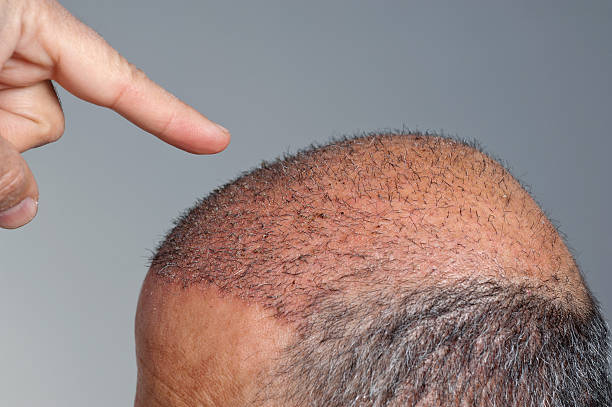Hair Restoration: Medical Options and What to Expect
Hair thinning and loss affect people for many reasons, and understanding available hair restoration approaches can help set realistic expectations. This article explains common causes of hair loss, the range of restoration options from medical treatments to surgical procedures, how clinicians select a plan, and steps to support healthy hair after treatment. The goal is to give a clear, factual overview that helps you prepare for conversations with qualified providers and to understand likely timelines and outcomes.

This article is for informational purposes only and should not be considered medical advice. Please consult a qualified healthcare professional for personalized guidance and treatment.
What causes hair loss?
Hair loss can result from genetic, medical, and lifestyle factors. Androgenetic alopecia (pattern hair loss) is the most frequent cause, influenced by heredity and hormones. Other contributors include autoimmune conditions (for example, alopecia areata), thyroid disease, nutritional deficiencies, certain medications, scalp infections, and physical or emotional stress that triggers telogen effluvium. Identifying the underlying cause typically requires a clinical history, scalp examination, and sometimes blood tests or scalp biopsy. Accurate diagnosis guides whether a medical treatment, a surgical hair restoration approach, or a combination is most appropriate.
What is hair restoration?
Hair restoration describes interventions aimed at stopping progression of hair loss, promoting regrowth, or replacing lost hair. Approaches range from topical and oral treatments designed to stabilize or stimulate follicles to surgical techniques that move donor hair to thinning areas. Non-surgical measures can include prescription medications, platelet-rich plasma (PRP) injections, and devices such as low-level laser therapy. Surgical hair restoration generally refers to transplant procedures that create a denser appearance by redistributing a patient’s own hair. Expectations vary by individual factors such as age, pattern of loss, and scalp donor availability.
Which medical procedures are available?
When people refer to a medical procedure for hair restoration, common surgical options include follicular unit extraction (FUE) and follicular unit transplantation (FUT, also called strip surgery). FUE removes individual follicular units from a donor site and implants them into recipient areas, often leaving minimal linear scarring. FUT removes a strip of scalp from the donor area, which is dissected into grafts; this can yield a larger number of grafts in a single session but results in a linear scar. Both procedures require local anesthesia and carry risks such as infection, scarring, shock loss, and variable graft survival. Non-surgical “procedures” like PRP involve drawing blood, concentrating platelets, and injecting growth-factor–rich plasma into the scalp; evidence varies and results are often incremental over months.
How are treatment decisions made?
Choosing a treatment begins with an assessment by a dermatologist or hair restoration specialist. Clinicians evaluate the type and stage of hair loss, medical history, medications, scalp laxity, donor hair density, and patient expectations. For early or diffuse thinning, clinicians may recommend medical treatment (topical minoxidil, oral finasteride for eligible men) and lifestyle adjustments. For localized, stable pattern hair loss with adequate donor hair, surgical restoration may be discussed. Combinations are common: medical therapy to maintain existing hair and surgery to restore density. Shared decision-making considers potential benefits, risks, recovery time, and realistic aesthetic outcomes.
Caring for hair after restoration and during treatment
Post-procedure care helps protect grafts and supports healing. After surgical restoration, patients are typically advised to follow wound care instructions, avoid strenuous exercise and heavy lifting for a short period, and sleep with the head elevated to reduce swelling. Gentle hair care—using mild shampoos and avoiding harsh chemicals or tight hairstyles—helps prevent additional trauma. If using topical or oral treatments, adherence and follow-up assessments are important because benefits often appear gradually over several months; discontinuing treatment may reverse gains. Smoking cessation and addressing nutritional deficiencies can also support scalp and hair health. Always follow the specific guidance provided by your treating clinician.
Conclusion
Hair restoration encompasses diagnostic evaluation, a spectrum of medical and surgical interventions, and ongoing care. Effective management depends on accurate diagnosis, realistic expectations, and collaboration with qualified healthcare professionals who can tailor a plan to individual needs. Outcomes vary by cause of hair loss, treatment type, and patient factors; many people experience partial improvement rather than complete restoration. Regular follow-up and adherence to recommended care help maximize results and manage longer-term expectations.





